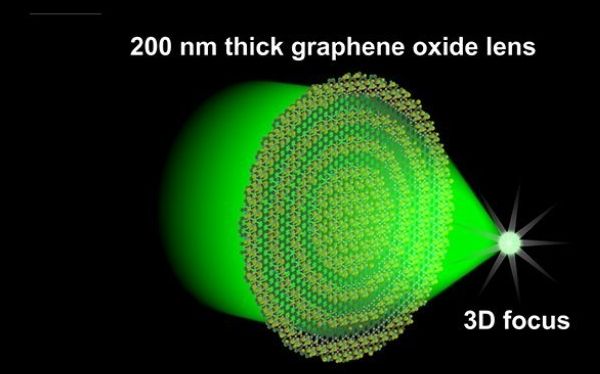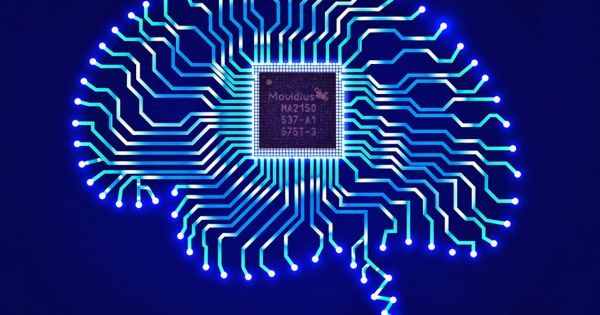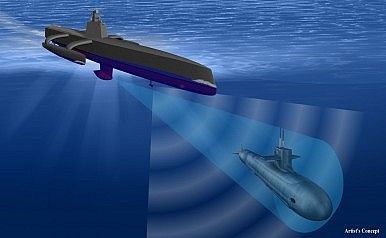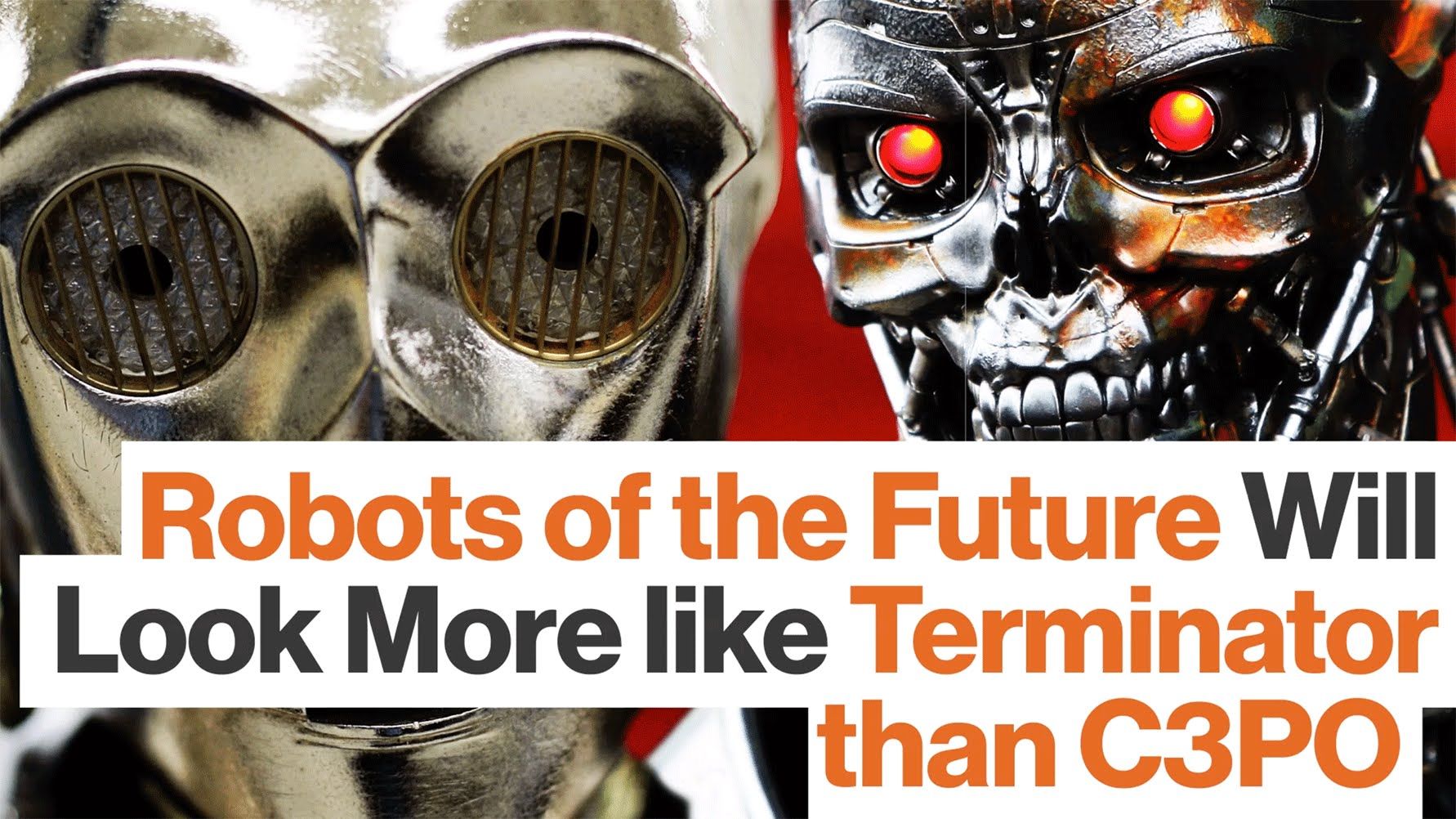Feb 13, 2016
NASA Offers Space Tech Grants to Early Career University Faculty
Posted by Klaus Baldauf in categories: robotics/AI, space travel
NASA’s Space Technology Mission Directorate is seeking proposals from accredited U.S. universities on behalf of outstanding early-career faculty members who are beginning independent research careers. The grants will sponsor research in specific high-priority areas of interest to America’s space program.
Aligned with NASA’s Space Technology Roadmaps and priorities identified by the National Research Council, the agency has identified topic areas that lend themselves to the early stage innovative approaches U.S. universities can offer for solving tough space technology challenges.
“These grants will allow us to support university faculty in conducting research and technology development to solve some of the challenges that we face on our journey to Mars,” said Steve Jurczyk, associate administrator for NASA’s Space Technology Mission Directorate in Washington. “Engaging the creative and innovative researchers at universities across the country provides opportunities to develop space technologies that drive robotic and human exploration of the solar system and beyond.”


















